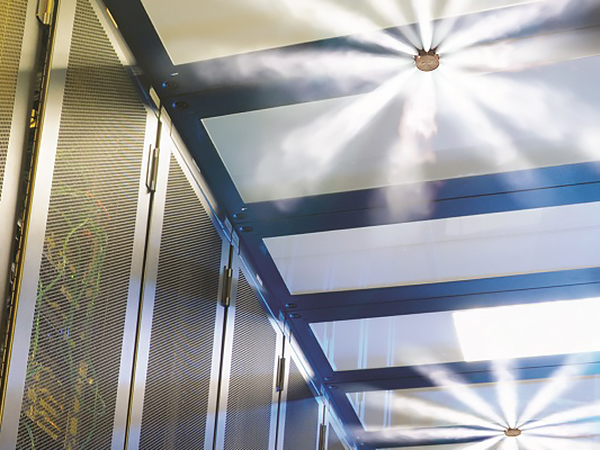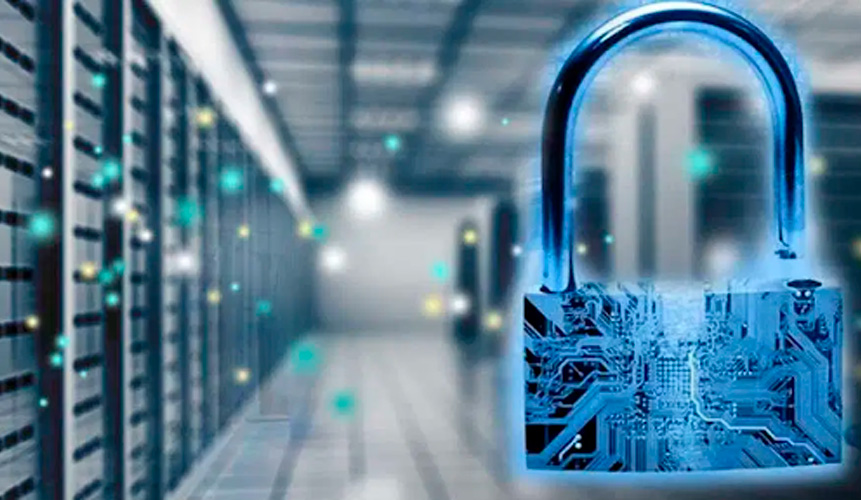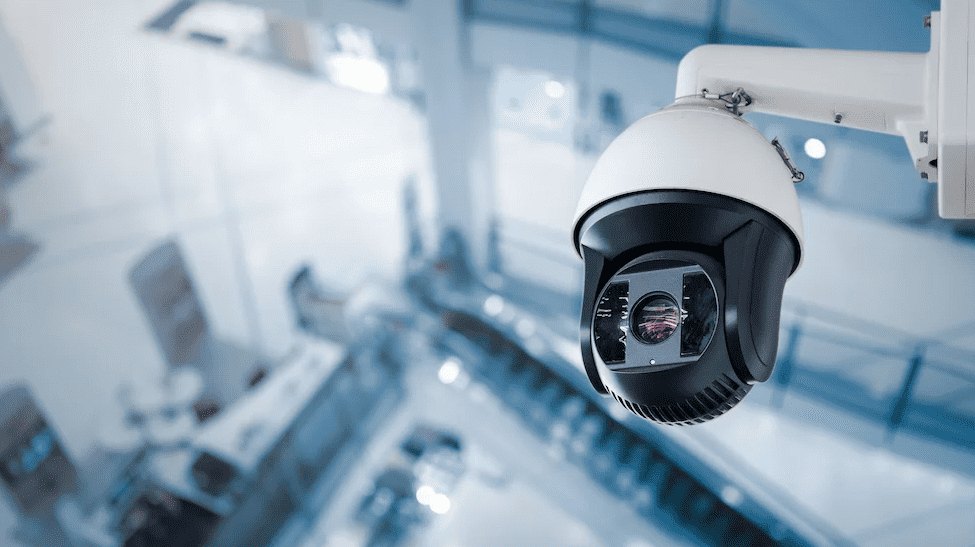Fire Detection and Suppression Systems: A Guide to Protect Your Critical Business
Fire is a relentless threat that does not discriminate.
While Data Centers are, understandably, the main focus when it comes to high-tech fire protection, the reality is that any mission-critical facility faces a devastating risk.
From hospitals to manufacturing plants, research laboratories, vital document archives, or control rooms, disruption caused by a fire can be catastrophic—not only in terms of material losses but also human lives, irretrievable data, and reputation.
Why Does Your Critical Business Need Advanced Protection?
When we talk about “mission-critical,” we mean any operation whose disruption would have serious consequences for the organization, its customers, or society. Think of:
- Hospitals and Clinics: Disruption of medical services or destruction of patient records.
- Manufacturing Plants: Loss of specialized machinery, inventory, and production time.
- Laboratories: Destruction of research, valuable samples, and expensive equipment.
- Archives and Libraries: Loss of irreplaceable historical, legal, or cultural documents.
- Control Rooms and Operations Centers: Disruption of the management of critical infrastructures (energy, transportation).
- Financial Institutions: Loss of transactional and operational information.
The consequences of a fire in these facilities go beyond replacement costs: they include operational downtime, reputational damage, legal liabilities, and, most importantly, the risk to human life.
Key Components of a Fire Protection System
1. Early Detection: The First Line of Defense
Detecting a fire in its earliest stages is crucial. The sooner the threat is identified, the more time there is to react and the less damage will occur. Modern systems go far beyond conventional smoke detectors:
- Aspirating Smoke Detectors (VESDA): Capable of detecting microscopic smoke particles even before the fire becomes visible, ideal for highly sensitive environments.
- Point Smoke Detectors: Photoelectric or ionization types, they are the foundation of most systems.
- Heat Detectors: They react to a rapid rise in temperature or a fixed temperature.
- Flame Detectors: Detect infrared or ultraviolet radiation emitted by flames.
These detectors are connected to a centralized control panel that triggers audible and visual alarms and can automatically activate suppression systems.
2. Effective Suppression: Contain and Extinguish the Threat
Once the fire is detected, the goal is to extinguish it quickly while minimizing damage to assets and people. This is where “clean agents” truly shine:
- Clean Agent Systems (FM-200, Novec 1230): They are the preferred option for critical environments. They extinguish fires without leaving any residue, are non-conductive, and are safe for people at appropriate concentrations. They protect electronic equipment, documents, and works of art without causing collateral damage.
- Water Mist Systems: They use high-pressure microdroplets of water to extinguish the fire. They require much less water than traditional sprinklers, reducing water damage.
- CO₂ Systems: Extremely effective at extinguishing fires, but dangerous for people in enclosed spaces due to oxygen deprivation. They are used in unoccupied areas or those with very strict evacuation protocols.
- Condensed Aerosol Systems A newer technology that produces a solid extinguishing aerosol in fine particles, also without damaging the equipment.
The choice of the suppression system will depend on the type of risks, the assets to be protected, and the occupancy of the space.
Key Considerations for Implementing Your System
- Risk Assessment: A professional analysis is essential to identify the specific vulnerabilities of your facility.
- Custom Design: There is no “one-size-fits-all” solution. The system must be custom-designed to meet your needs, complying with local and international standards (NFPA, ISO).
- Regular Maintenance: A system is only as good as its maintenance. Regular inspections, testing, and servicing are essential to ensure its operability.
- Integration: Consider integrating the fire system with other security and building management systems.
- Staff Training: Staff must be trained to respond properly to a fire alarm and understand evacuation procedures.
Protect Your Investment, Secure Your Future
Investing in an advanced fire detection and suppression system is not an expense, it is a critical investment in your business continuity and the safety of your employees.
In a world where resilience is key, ensuring that your critical operations are protected against one of the most destructive threats is simply indispensable.
Don’t wait until it’s too late.
A well-designed and implemented system can make the difference between a minor disruption and a total disaster.



